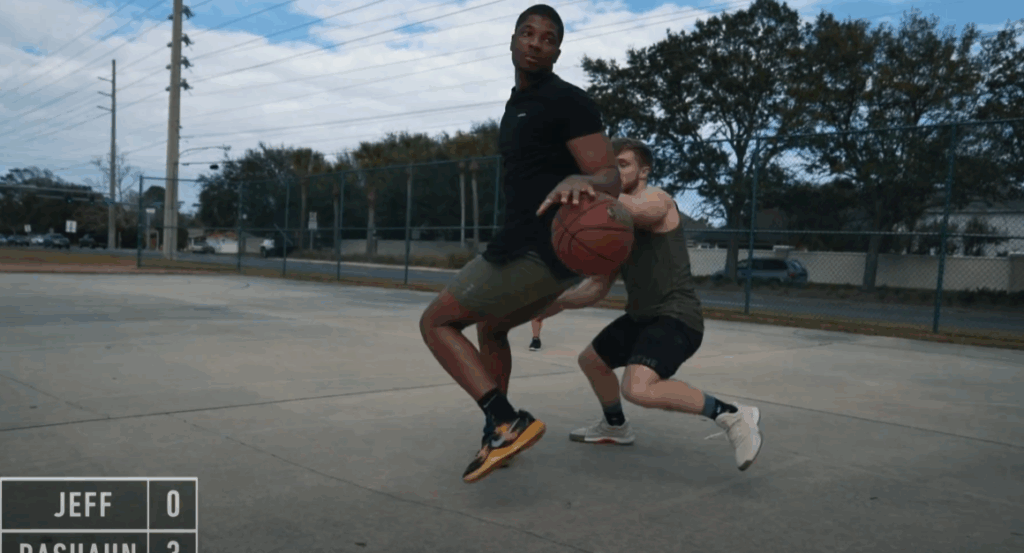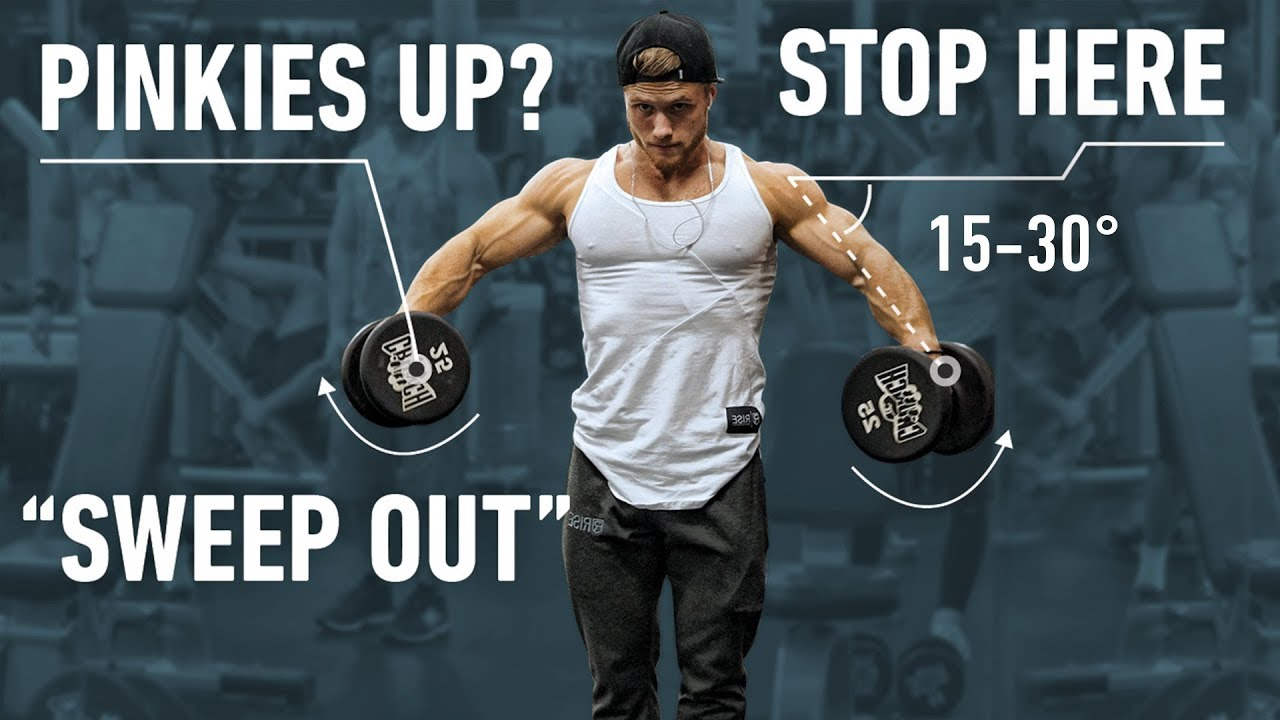Some days in fitness aren’t just about hitting the gym—they’re about competition, fun, and pushing yourself in every way possible. Today’s training journey started on the basketball court and ended with a powerful upper-body workout designed to build strength and muscle. Let’s break down everything from the competitive mindset to the workout details and the nutrition that fueled it.

The Competitive Edge: Basketball as Functional Training
Before stepping into the weight room, I took on a high-stakes basketball challenge against my friend Rashon. We played a game to seven points, winner keeps the ball, and no second chances—real competitive rules that kept the intensity high.
Basketball might seem like just a recreational sport, but it can serve as fantastic functional training. Quick directional changes, explosive sprints, and constant lower-body engagement are excellent for building athletic conditioning. For anyone looking to supplement their weight training with cardio that also improves agility, a pickup basketball game is a fun way to do it.
Going into the game, my strategy was clear: rely on quick outside shots to draw Rashon in closer, then use my speed to drive past him. Basketball requires more than just shooting skills; it’s a mental game of forcing your opponent to react to your strengths. Even though Rashon is taller with longer arms, agility and quick decision-making can level the playing field.
The game was intense, and once I found my rhythm on the second possession, I started sinking shots. While winning wasn’t just about pride (a $1,000 bet was on the line), the adrenaline rush from competition was a great warm-up for what was to come in the gym.
Fueling for Performance: Pre-Workout Nutrition
After the game, I headed home for a pre-workout meal to refuel and prepare for heavy lifting. Here’s what I ate:
- Ground turkey with melted cheese – A lean protein source rich in amino acids to support muscle recovery.
- Yellow rice with salsa and sour cream – A mix of carbs and healthy fats to provide sustained energy.
- Vegan protein shake – Though pairing plant-based protein with meat might seem unusual, I find vegan protein easy on the stomach, making it great for quick digestion before training.
When planning pre-workout meals, aim for high protein and moderate carbs, with minimal fats if you’re training soon after eating. Protein supports muscle protein synthesis, while carbohydrates give you the glycogen stores needed for strength and endurance.
The Push Day Workout: Building Strength and Size
The main gym session of the day focused on push movements—primarily chest, shoulders, and triceps. Here’s a breakdown of the workout:
1. Barbell Bench Press
- Sets & Reps: 2 sets of 8 reps
- Intensity: 80% of one-rep max (275 lbs based on a 340-lb max)
The bench press felt strong today, moving smoother than expected. This is a sign that my one-rep max may have increased, possibly closer to 350 lbs. Regularly reassessing your strength levels is essential for progression, as it allows you to adjust training loads appropriately.
Tip: Keep your back tight, drive through your legs, and maintain a controlled descent. Explosive power on the way up will help recruit more fast-twitch muscle fibers.

2. Overhead Press
A strict press targeting the shoulders and triceps. This move complements the bench press by strengthening the deltoids, improving stability during all pressing movements.
- Goal: 3–4 sets of 8–10 reps for hypertrophy.
- Form Tip: Keep your core braced to avoid over-arching your lower back.
3. Close-Grip Press (Smith Machine Variation)
The close-grip press emphasizes triceps more than the chest, making it ideal for improving lockout strength in the bench press.
- Goal: 3 sets of 10–12 reps.
- Why Smith Machine? The guided path allows you to push closer to failure safely, focusing entirely on muscle contraction.
4. Isolation Work
- Lateral Raises (Shoulders): High-rep sets to build capped delts and improve overall shoulder aesthetics.
- Triceps Extensions: Cable or dumbbell variations to fully fatigue the triceps after heavy compound pressing.
Post-Workout Recovery: Listening to Your Body
Today’s bench session moved so well that I’m considering testing my new one-rep max soon. When you feel a lift moving easier than expected, it’s often a sign your strength has improved due to consistent progressive overload and recovery.
However, don’t max out too frequently. Constant heavy singles can fatigue the nervous system and hinder hypertrophy. Instead, track your performance trends, increase weights gradually, and plan specific testing weeks every few months.
Giving Back Through Fitness
Rather than pocketing the $1,000 from the basketball win, we decided to donate it to a sports-related charity called Right to Play. This organization provides kids in underprivileged areas with access to sports equipment and coaching, helping them experience the physical and mental benefits of sports.
Fitness isn’t just about personal progress—it’s also about community and inspiring others to live healthier, more active lives.
What You Can Learn from This Day of Training
- Incorporate Fun Physical Activity: Sports like basketball are not just cardio; they improve agility, explosiveness, and mental sharpness.
- Fuel Smartly: A balanced meal with lean protein and moderate carbs before training can significantly improve performance.
- Stick to Progressive Overload: Regularly increasing weight, reps, or intensity keeps your muscles growing.
- Combine Strength & Hypertrophy Work: Heavy compound lifts build strength, while moderate to high-rep accessory work adds muscle mass.
- Give Back When You Can: Sharing the love for fitness, whether through teaching or charity, makes training even more meaningful.

Final Thoughts
This day perfectly blended competition, structured training, and proper nutrition. Starting with a high-energy basketball game added variety and fun, while the push workout in the gym reinforced long-term strength and muscle-building goals.
If you’re serious about improving your physique, remember that fitness isn’t confined to the weight room. Play sports, challenge yourself, eat for performance, and keep track of your progress. And most importantly, find ways to enjoy the process—that’s how you’ll stay consistent for the long haul.



